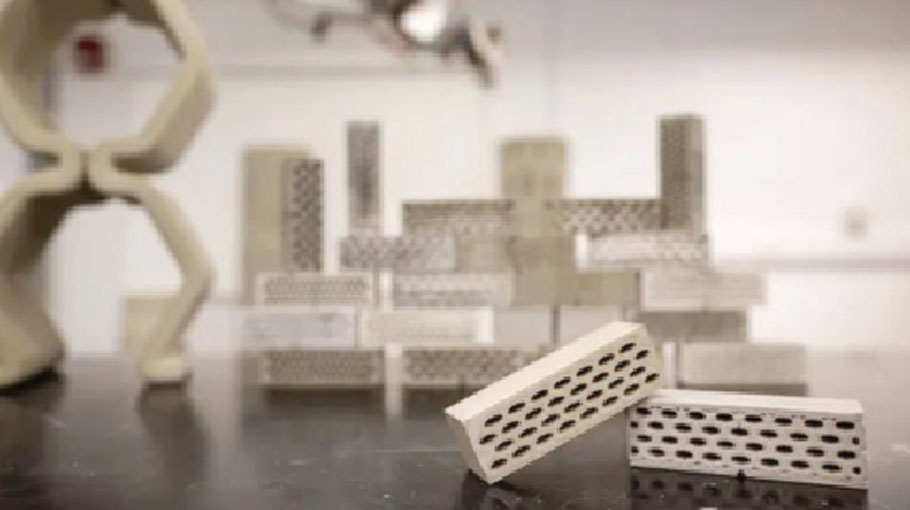Human-bone inspired cement
A gamechanger for construction

Researchers at Princeton University have made a groundbreaking discovery: a new cement paste that is 5.6 times stronger than traditional cement and mortar. This innovative material draws inspiration from the structure of human cortical bone, which forms the outer layer of the thigh bone (femur).
The tubular design of this cement paste significantly enhances its resistance to cracking and improves its ability to deform without failing. This bio-inspired material could potentially replace plastic and fiber-reinforced cement in construction.
The Need for tougher building materials
Current cement-based materials can be brittle, making them susceptible to sudden failures. Structures built with weak materials can collapse unexpectedly, resulting in severe property damage and loss of life.
Shashank Gupta, the lead researcher and a PhD candidate at Princeton, emphasises the importance of developing materials with high toughness. Tough materials can better absorb impact and distribute stress throughout a structure, reducing the risk of abrupt collapse.
The science behind the innovation
To create this crack-resistant cement, researchers studied materials that naturally exhibit high strength and toughness. They found inspiration in human cortical bone, which effectively resists fractures and supports the body's weight.
Cortical bone is composed of elliptical tubular components called osteons, embedded in a weak organic matrix. This unique structure helps deflect cracks, preventing sudden failures. Gupta explained, "The tubular architecture allows cracks to be redirected around osteons, enhancing resistance to propagation."
By mimicking this tubular design, the researchers developed a cement paste with cylindrical and elliptical tubes. When a crack occurs, the tubes trap it, slowing its spread. This energy absorption gives the cement more time to resist damage, thus preventing catastrophic failure.
Gupta notes, "This stepwise mechanism allows each crack extension to be controlled, preventing sudden collapse. The material can endure progressive damage instead."
Reinforcing cement through geometry
Typically, cement is reinforced with plastics and fibres to increase toughness. However, this new approach focuses on using tube geometry rather than adding extra materials.
Senior researcher Reza Moini, a professor of civil and environmental engineering at Princeton, said, "While one might expect hollow tubes to weaken the material, we found that the tube geometry can enhance crack interaction without compromising other properties."
Moini and Gupta have also created a framework to assess the degree of disorder in the cement paste. This framework could make the material a viable alternative to traditional cement.
Gupta concludes, "We’re just beginning to explore these possibilities. The principles behind this research could also be applied to other brittle materials, leading to the creation of more damage-resistant structures."



